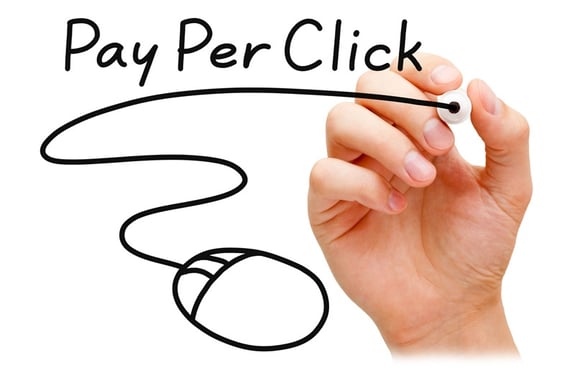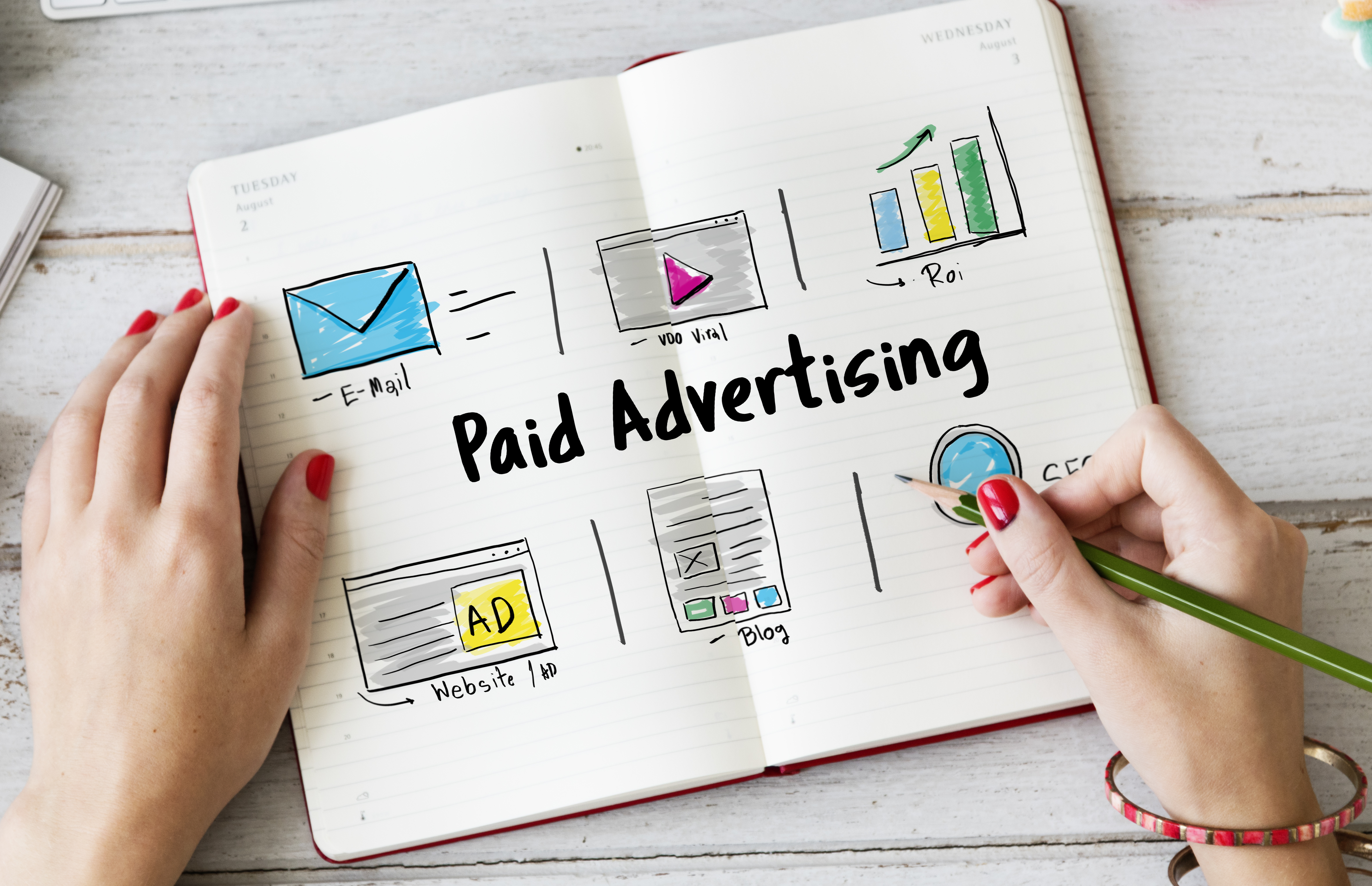Answers to Your Most Pressing Industrial, Manufacturing PPC Questions
Sam Chesebrough July 23, 2015
We've covered the basics about how to run an industrial Pay Per Click (PPC) campaign and what to look out for when setting up your keywords and budgets, but we get a ton of questions about the topic — here are a few FAQs:

Pay Per Click FAQs
Q: If the bid affects the Quality Score, is it really beneficial to lower the bid if it means our ad won't show until the 3rd or 4th page?
A: Your bid shouldn’t actually affect your Quality Score. When you reduce bids your average position and therefore your click-thru-rate (CTR) will drop. You might think this would negatively impact Quality Score. However, according to Google they account for average position when assessing your CTR for Quality Score purposes. They are basically just comparing the CTR of your ads to what other ads achieve in the same ad position.
During the webinar, we discussed using bid changes to manage your ad spend rather than exclusively using budget settings to manage spend. Your point is correct that if you reduce your bids so dramatically that your ads fall to the 3rd or 4th page then your traffic is likely to fall off a cliff. In that case you may end up spending way less than you intended.
I would recommend making more subtle changes to achieve the effect of reducing cost-per-click (CPC), increasing traffic, and maximizing return. Rather than falling several pages deep into the results, you could try aiming to have your ads drop a just a few positions.
Here’s an example: Say you have a $1000 per month PPC budget. Your ads are generally appearing in positions 3-4 and you’re paying a CPC of $1.00. This is resulting in 1000 clicks per month so you’re spending your $1000 budget. With a 2% conversion rate you are acquiring 20 new customers each month for a Cost Per Acquisition of $50. Not bad…
However, you’re hitting your budget limit so your ads are essentially turning off in the late afternoon. In response, you decide to reduce your bids slightly (say roughly 15%). Your average position then drops from 3.2 to 4.5, your CTR falls from 2% to 1.65% and your CPC drops from $1.00 to $0.83. You are getting your clicks more slowly, but your ads are remaining active later into the day so you’re getting more impressions. Despite the lower CTR, by late evening you’re still managing to reach your full daily budget.
Because you’re now paying just $0.83 per click, you’re able to afford more than 1200 clicks per month rather than the 1000 you had before. Your conversion rate has stayed the same so now you’re able to acquire 24 new customers per month. Since your $1000 per month budget is unchanged, your Cost Per Acquisition has now fallen to under $42. Now we’re talking!
Q: What would be a good sample size for A/B testing to optimize a specific campaign?
A: The sample size you need is going to vary depending on the test you are running and the results that you get. When A/B testing, the spread in the results between the two options you’re testing is going to impact the sample size you need to draw a statistically significant result.
If option A performs way better than option B, you won’t need as large of a sample to be confident that the results would be repeatable. However, if option A and option B results are very close to one another, you would need a much larger sample to say with confidence that one was better than the other.
Rather than trying to decide on a sample size ahead of time, I recommend taking the approach of choosing a confidence level you’re comfortable with. I usually look for a 95-99% confidence level. Using a 95% confidence level means that if you repeated the experiment 100 times, you’d get the same result 95 times.
Try using an online statistical significance calculator tool. Based on how much you think the two options you’re testing might vary from one another, you can play with the numbers to get an estimate of how big your sample size will likely need to be.
Q: How much does campaign click-through-rate impact cost-per-click?
A: This one is difficult to answer with a great degree of accuracy. The mechanism by which CTR affects CPC is through Quality Score. With a good Quality Score, you’re going to pay less to be in the same average ad position than you would if you had a lousy Quality Score. One of the biggest factors Google uses to establish quality score is click-through-rate. However, there are other factors as well and they don’t share the exact algorithm for Quality Score.
When Google sets the order of how ads will appear on a search results page, they are basically multiplying your bid by your Quality Score to establish an Ad Rank. Then ads are listed in descending order by their Ad Rank.
This example is probably oversimplified but should illustrate the point. Company A has a bid of $1.80 for a given keyword and a Quality Score of 5. So multiply 1.8 by 5 to get an Ad Rank of 9. Company B has a bid of $1.65 but a better Quality Score of 7. Multiply 1.60 by 7 to get the Ad Rank of 11.2. Company B will be in a higher position than Company A despite having a lower bid. In order for Company A to move above them they would have to increase their bid to $2.25… or do the work to improve their Quality Score
So, CTR will have a large impact on Quality Score, which will in turn have a large impact on CPC but it’s difficult to say by how much.
Q: What is a good Click-Through-Rate?
A: A good CTR is going to be impacted by a lot of different variables. For instance, your average position (determined in part by your bid) is going to impact your CTR. A good CTR in position 1 is much higher than a good CTR in position 5.
Your industry and target keywords are also going to play a big role. As an example, some keywords are going to have large elements of both consumer and commercial users searching them. In which case, if you’re a supplier exclusively to B2B, you probably aren’t going to get as many clicks from consumer traffic that may be more likely to click the ad of a big box store.
Rather than trying to decide what a good CTR is and be satisfied or dissatisfied with your results based on that arbitrary number, I recommend focusing on what you’ve done to try to improve it and whether you’ve been able to establish a positive trend over time. Have you tested ad copy? Been through search query reports to identify and eliminate irrelevant ad impressions with match type changes or negative keywords? Is what you’re doing working? Don’t get caught up in the percentage, focus on the results you’re getting.
Hopefully these industrial Pay Per Click FAQs will help guide your next campaigns. It can seem like a long, involved process, and it is, but once you figure out some of the main concepts it will be a little easier to choose the right keywords and manage your budget. And if you have any questions, we’re always here to help.
Did you find this useful?









